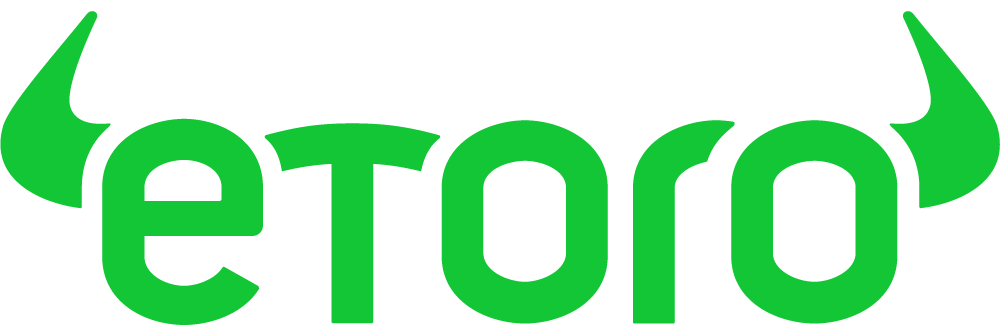Pump.fun showed the world what happens when token creation becomes effortless. In just months, it generated hundreds of millions in sales and millions in weekly fees by removing friction for users. But the vast majority of those tokens collapsed quickly, exposing the risks of speculation without safeguards.
Blubird believes the same simplicity can unlock a much larger opportunity when paired with the right infrastructure. By combining easy token creation with cap tables, vesting tools, compliance frameworks, and auditable management, it is building a platform designed for real fundraising and investor trust. With the real-world asset market projected to reach $10 trillion by 2030, Blubird sees compliant tokenization as a generational opportunity.
Today, we’re joined by Corey Billington, Co-founder and CEO of Blubird, to explore how the company is rethinking tokenization for businesses and investors.
Pump.fun proved that frictionless UX can drive huge adoption. What do you think its success says about user behavior in Web3?
That people reward the shortest path to I did the thing. Pump.fun didn’t win hearts with novel math; it won on ruthless removal of steps. You go from idea to tradable asset in minutes, and unlock a behavior loop (experiment, share, trade) that compounds faster than any marketing budget.
As a result, by late July, Pump.fun was pulling in roughly $10.2 million in weekly fees, entirely on the back of that flow. The platform’s public sale raised about $500 million, underscoring that the audience for one-click creation isn’t a niche, but the market. If you want adoption, your UX has to carry the weight, and not your whitepaper.
At the same time, most of those tokens collapsed into scams. What lessons should the industry take from that kind of speculative environment?
The speed without a spine is a casino. 98.6% of Pump.fun tokens were devolved into pump-and-dump patterns, with over 7 million launched and only ~97,000 maintaining as little as $1,000 in liquidity (which is another way of saying survivorship was vanishingly small.)
If you bolt frictionless creation onto zero accountability, you get churn and regret. We don’t need to throw out the speed; we need to pair it with disclosures, vesting that actually enforces, and auditable ownership, so the incentives don’t default to extraction. Keep the on-ramp, fix the guardrails.
How is Blubird positioning itself differently so that simplicity leads to real adoption rather than short-term hype?
We treat easy like a front-end, not a business model. It means launching a token on Blubird still feels immediate, but the object you deploy is tied to a live cap table, standardized agreements, and compliance workflows from minute one. This is investor self-onboarding, automated KYC and SAFT handling, and a direct bridge from cap-table reality into a deployment module. Thus, the thing trading in public maps back to real ownership and obligations in private.
For founders, that’s fewer spreadsheets and fewer law-firm marathons. For investors and regulators, it’s coherence instead of chaos.
How do features like cap tables, vesting tools, and compliance frameworks change the game for tokenized fundraising?
You just turn a spectacle into a company. A single source of truth for ownership cuts the “who owns what?” disputes that sink teams. Enforced vesting changes founder and investor behavior because cliff math becomes code instead of vibes. And when compliance is in-flow rather than bolted on, institutions can actually participate – they can diligence a token the way they diligence a security because the audit trail, rights, and restrictions are visible and provable.
Put differently: you keep the programmable upside of tokens, but you bind it to the accountability stack traditional finance expects.
Auditability and transparency are central to your pitch. How do you balance those requirements with keeping the experience simple for users?
By letting the rails do the heavy lifting. Under the hood, you’ve got standardized docs, on-chain state changes, and immutable histories. On the surface, then, the flow is just “connect, review, sign, claim.” Founders shouldn’t wrangle checklists or reconcile competing spreadsheets. The platform should hash documents, keep records, run KYC, and surface human-readable states that auditors and regulators can verify without a scavenger hunt. And that’s how you make trust scalable: plain UX at the edge, cryptographic truth underneath.
With the RWA market projected to hit $10 trillion by 2030, where do you expect to see the earliest and strongest adoption?
It can be anywhere with pent-up, structured demand and too much friction today. Private credit, real estate, trade finance, and commodity-linked contracts are already moving because tokenization fixes operational drag and unlocks cleaner collateral, clearer provenance, and faster settlement.
Traces are evident: tokenized money-market and Treasury funds are now a multi-billion-dollar category, with BlackRock’s BUIDL alone cresting into the multi-billion AUM range and being accepted as collateral on major venues. Then, Franklin’s on-chain government fund has been quietly normalizing the category for years.
If zooming out, the thesis is consistent with what the large shops are modeling: BCG’s base case pegs tokenized illiquid assets at 16 trillion by 2030. If those beachheads harden, the pattern repeats into infrastructure revenue, royalties, and other cash-flowing assets – exactly where programmable rights and transparent cap tables lower the cost of capital.
Do you see platforms like Blubird as the natural evolution from token launchpads to full-scale business infrastructure?
They have to be. I mean, launchpads proved there’s an appetite for the button, now the market wants the system behind the button. That is a cap tables that reconcile to chain, vesting that enforces itself, investor portals that don’t treat compliance as an afterthought, and, finally, deployment that doesn’t strand legal in a PDF.
That’s the thesis I laid out recently: tokens are infrastructure. If the next decade of tokenized assets is genuinely headed into the trillions, the winners won’t be the casinos – they’ll be the rails that make speed investable. So, that’s the gap we’re building for.
Read more interviews here.









